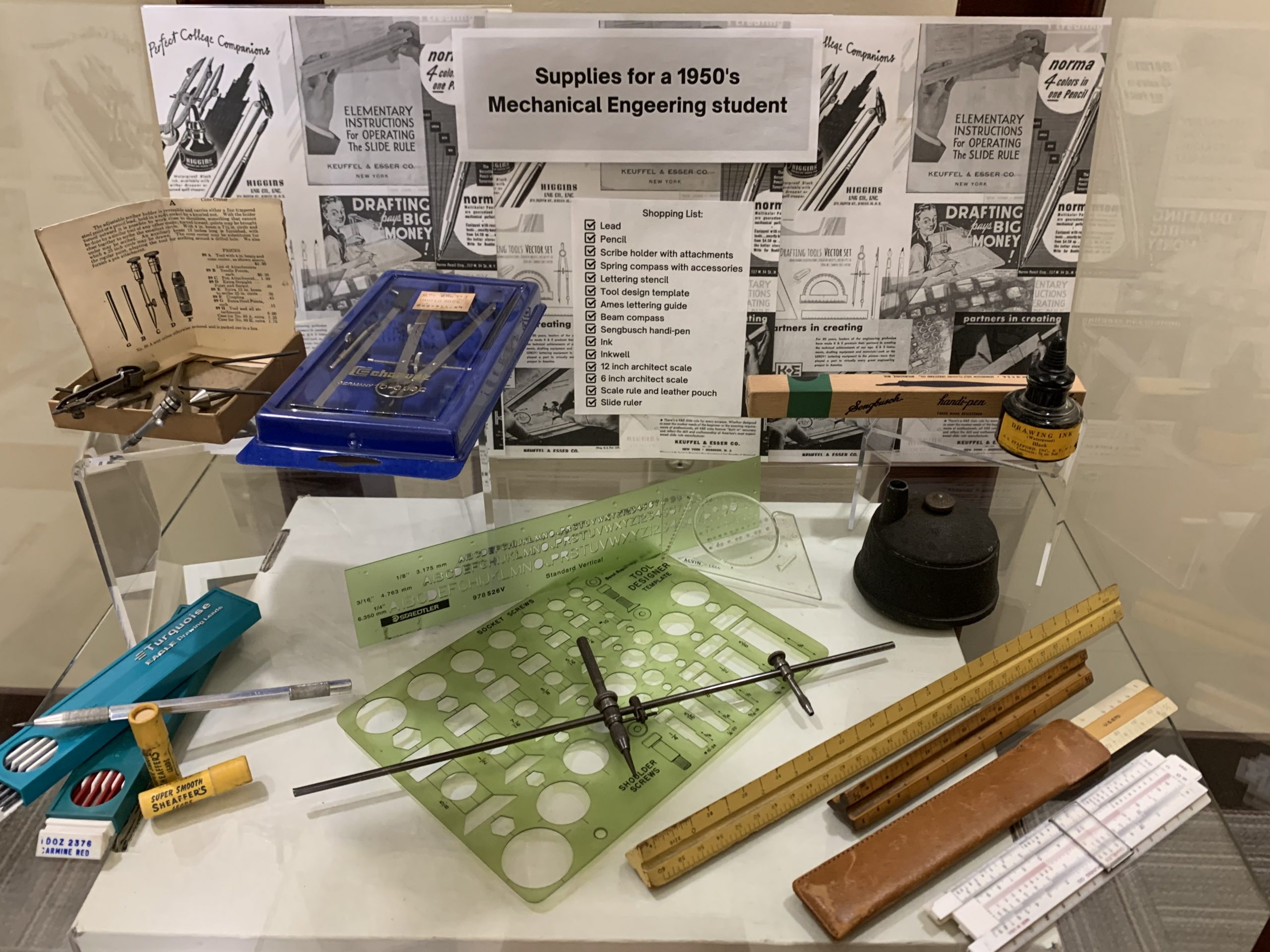
Rebecca Tabaja – Fairy the Farting Unicorn – Best Overall
The University of Cincinnati Libraries celebrated the International Edible Books Festival on Friday, April 1, 2022.
Sixteen edible books were created by students, faculty, staff, librarians, friends and family. The entries ranged from children’s books to literary classics to popular fiction and nonfiction books. The edible books were made of cakes, cookies, Rice Krispie Treats, candy, Peeps, olives and even carrots. Each entry was judged by our esteemed judges Rachel Hoople and Imani Coleman and awarded a bookmark.
Created by librarian Judith A. Hoffberg and artist Béatrice Coron, the International Edible Books Festival is held worldwide annually on or around April 1st to mark the birthday of Jean Brillat-Savarin, author of The Physiology of Taste. The global event has been celebrated since 2000 in various parts of the world, including in Australia, Brazil, India, Italy, Japan, Luxembourg, Mexico, Morocco, The Netherlands and Hong Kong.
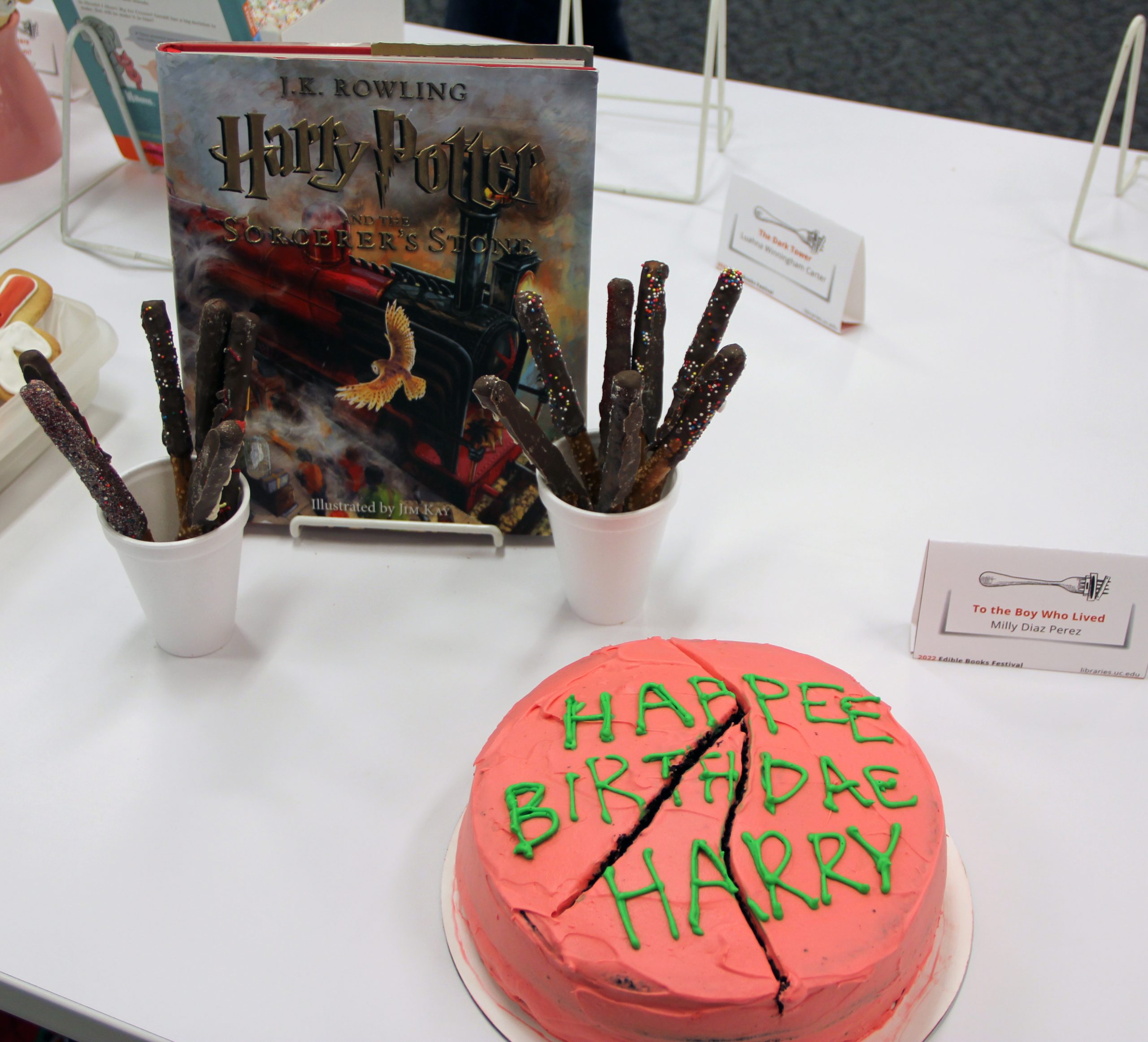
Milly Diaz Perez – To the Boy Who Lived – Best Student Entry
UC Libraries has participated in the International Edible Books Festival since 2001. The 2022 winners ares:
- Luahna Winningham Carter – The Dark Tower – Most Checked Out
- Holly Prochaska – One Flew Over the Cuckoo’s Nest – Most Imaginative
- Debbie Weinstein – The Girl Who Drew Butterflies – Most Whimsical
- Olga Hart – The Vanishing Half – Most Literary
- Melissa Cox Norris – A Cast of Literary Birds – Most Clever
- Natalie Rogers – If You Give a Moose a Muffin – Most Delicious
- Jessica Ebert – Crazy Plant Lady – Most Creative
- Ben Kline and Aaron Libby – The Secret Lives of Color – Most Fun
- Jenny Mackiewicz – Should I Share My Ice Cream? – Most Adorable
- Debbie Tenofsky – Olive Kitteridge & Olive, Again – Most Taboo
- Sam Norris – Batman: The Court of Owls -Scariest
- Steve Norris – Death and the Penguin – Most Deadly
- Jack Norris – Too Many Carrots – Silliest
- Rebecca Tabaja – Fairy the Farting Unicorn – Best Overall
- Milly Diaz Perez – To the Boy Who Lived – Best Student Entry
- The Little Prince by Emma Duhamel and Eli Seidman-Deutsch
Congratulations to all the edible books creators! View the entries and the winners on the UC Libraries Facebook page. See you next year for Edible Books 2023!
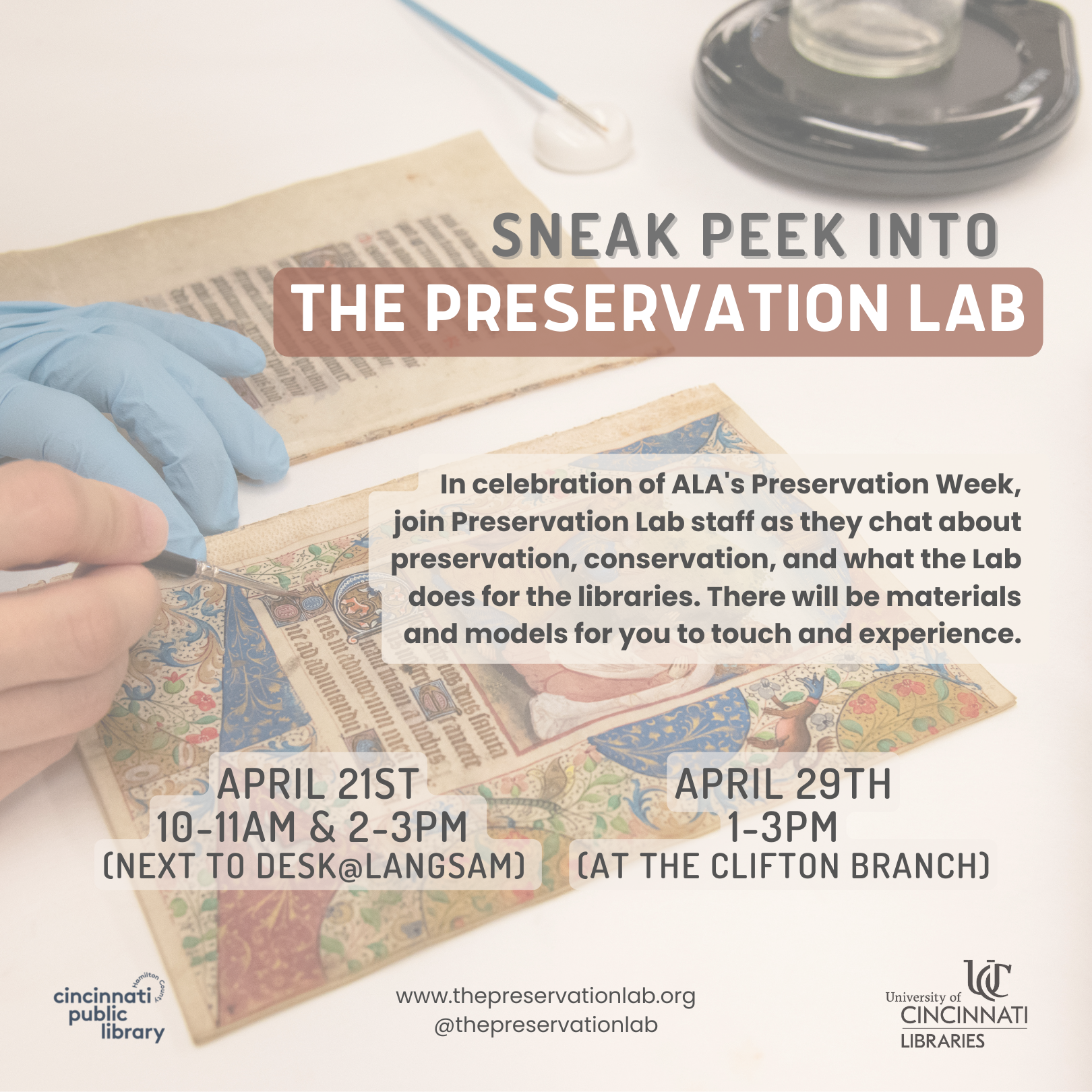



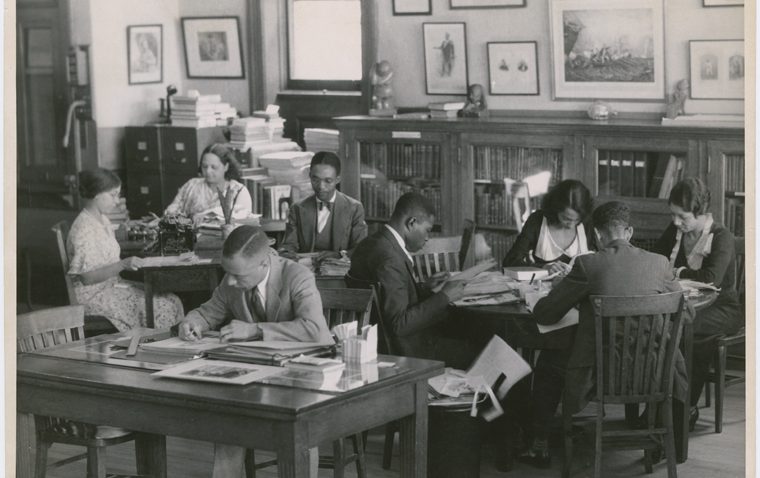

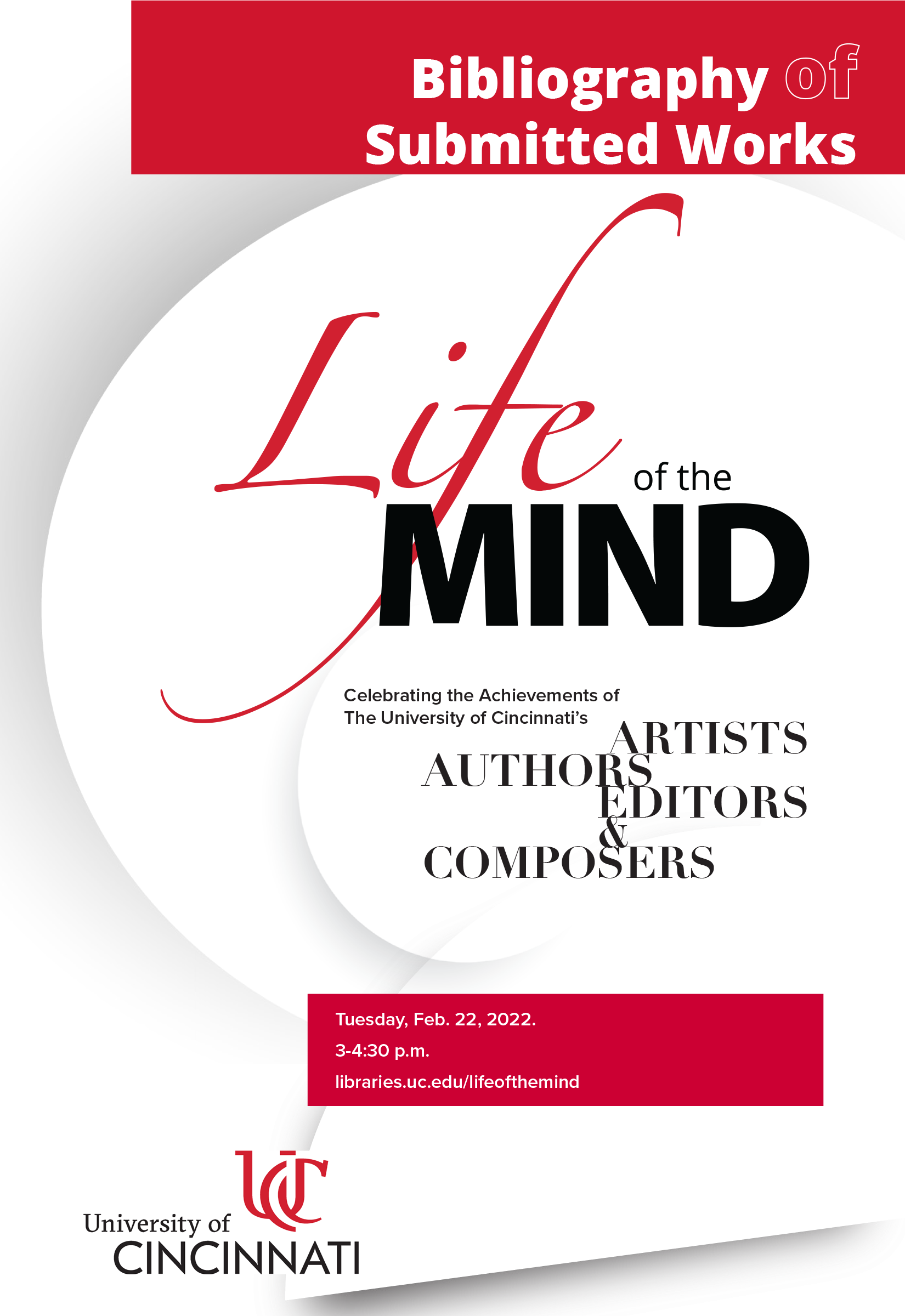 The Life of the Mind lecture series has merged with the former Authors, Editors & Composers to create one event that celebrates the achievements of UC’s Artists, Authors, Editors & Composers.
The Life of the Mind lecture series has merged with the former Authors, Editors & Composers to create one event that celebrates the achievements of UC’s Artists, Authors, Editors & Composers.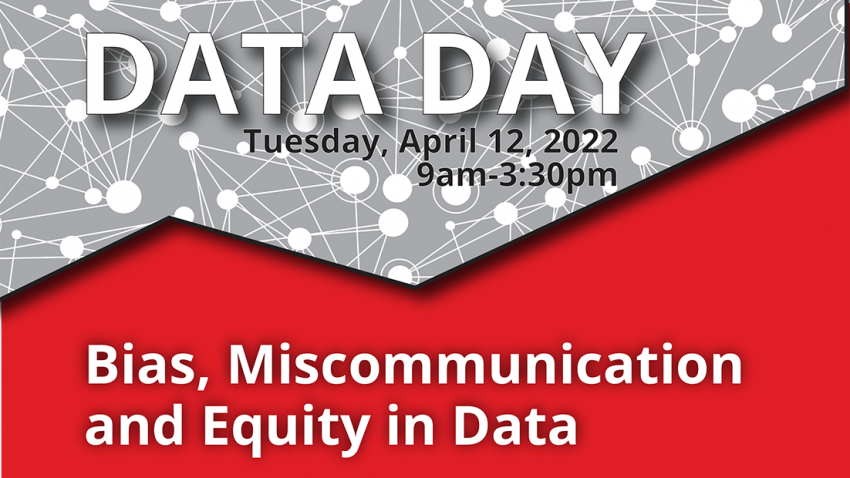

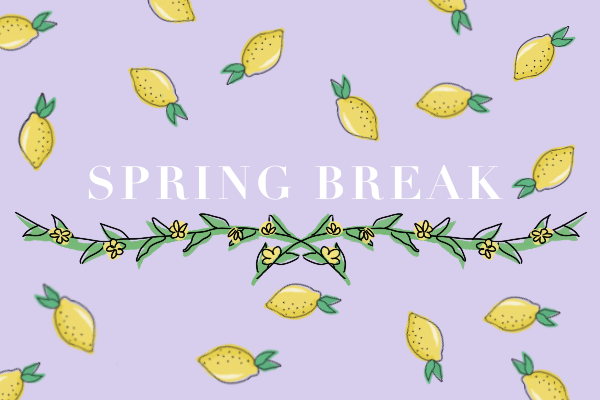 Most University of Cincinnati Libraries locations have reduced hours for Spring Break, March 12-20. Check the library website for a list of
Most University of Cincinnati Libraries locations have reduced hours for Spring Break, March 12-20. Check the library website for a list of 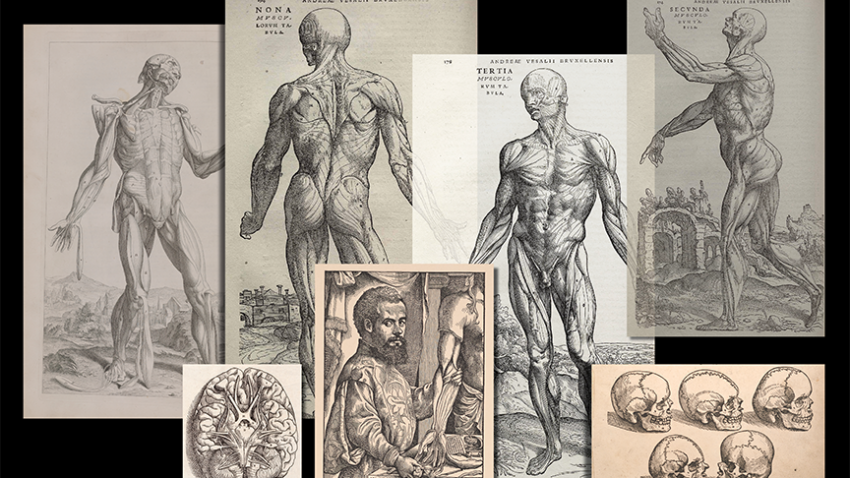 On Tuesday, March 15, 2022, at 5:30 p.m., Bruce Giffin and Cynthia Klestinec will present, “Innovative Teaching of Human Anatomy beginning in the 1500s and Vesalius.”
On Tuesday, March 15, 2022, at 5:30 p.m., Bruce Giffin and Cynthia Klestinec will present, “Innovative Teaching of Human Anatomy beginning in the 1500s and Vesalius.”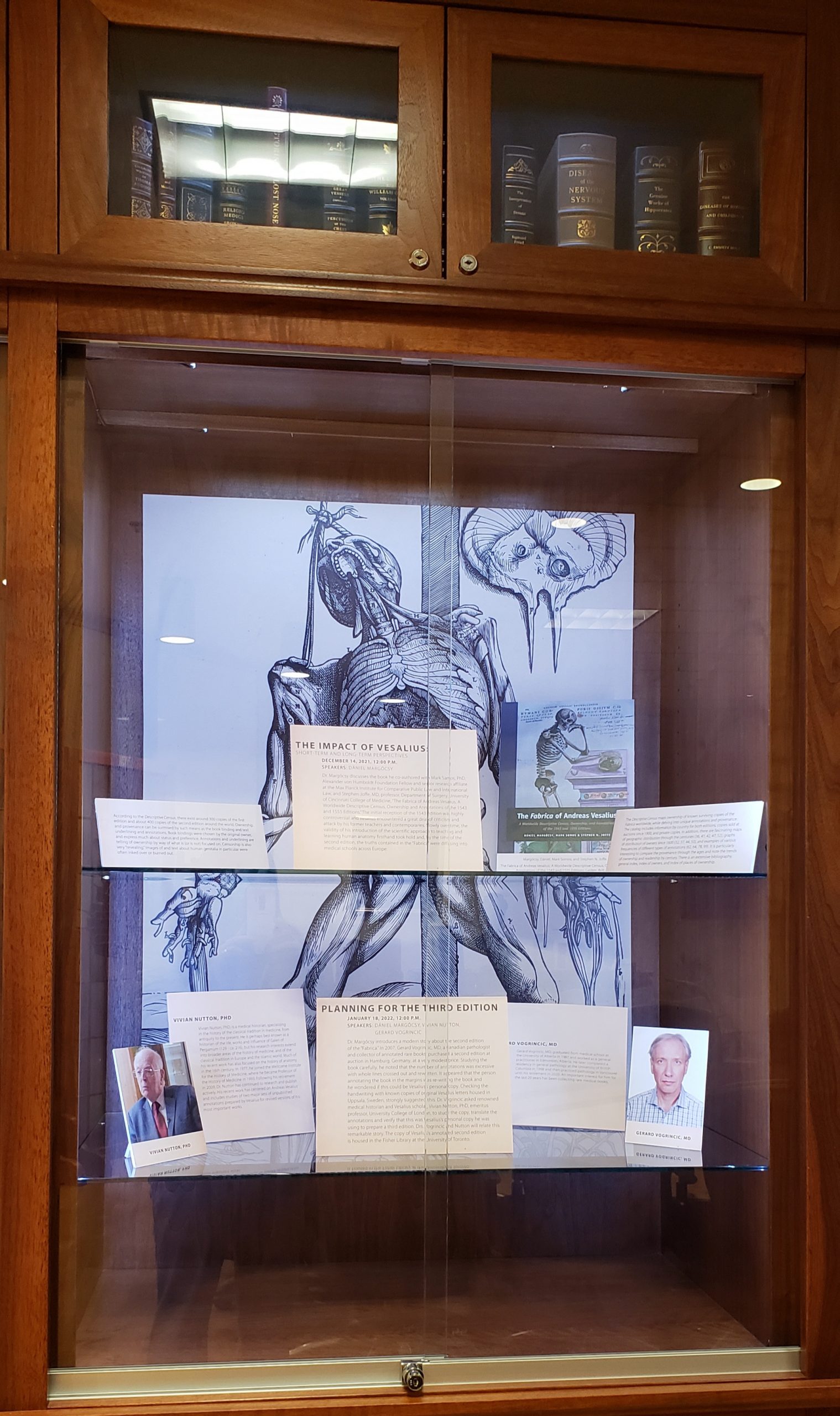 Following the lecture will be a reception held in front of the Henry R. Winkler Center for the History of the Health Professions (next to Kresge Auditorium). Exhibits showcasing the life and work of Andreas Vesalius will be available for viewing in both the Donald C. Harrison Health Sciences Library and the Winkler Center’s Stanley J. Lucas Board Room.
Following the lecture will be a reception held in front of the Henry R. Winkler Center for the History of the Health Professions (next to Kresge Auditorium). Exhibits showcasing the life and work of Andreas Vesalius will be available for viewing in both the Donald C. Harrison Health Sciences Library and the Winkler Center’s Stanley J. Lucas Board Room. Looking for resources about the present crisis in Ukraine? The University of Cincinnati Libraries can help. Librarians have created a Research Guide that includes library resources, including books, journal articles, news reports and more.
Looking for resources about the present crisis in Ukraine? The University of Cincinnati Libraries can help. Librarians have created a Research Guide that includes library resources, including books, journal articles, news reports and more.